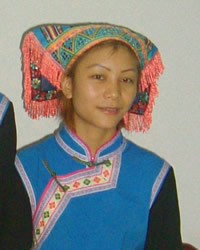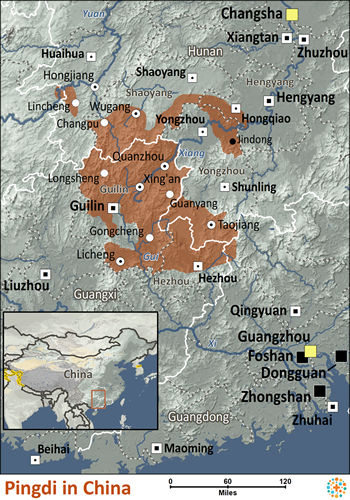The Pingdis are part of the greater Yao cluster of people groups. In the ancient past the Yao had a legend of a creator. The Yao claim: "Ages ago ... before we crossed the sea, we worshiped someone called Tin Zay, who lives in heaven and is a holy god." Christians sharing the gospel with the Yao could start with the story of the creator God.
The majority are farmers who cultivate rice. The majority are farmers who cultivate rice. The mountainous area where the Pingdi are located is rarely visited by outsiders. As a result, they have minimal interaction with other people groups who might share the gospel.
The Pingdis are dedicated to their own ethnic religion.
Living in a remote part of China, the Pingdi have few visitors. That keeps out would-be gospel workers.
Pingdi believers are often viewed as strange by their families, friends and neighbors.
Pray they would overcome social obstacles by being supernaturally transformed into loving disciples.
Pray for Holy Spirit-anointed believers from the Pingdi to change their society from within.
Pray that believers from other parts of China would bring them the good news of Jesus. The JESUS Film and some audio resources are available in Xiang, the language of the Pingdi.
Pray for a "Book of Acts" type of movement to Christ among the Pingdi.
Scripture Prayers for the Pingdi in China.
Operation China, Asia Harvest, Copyrighted Used with permission.
| Profile Source: Joshua Project |

























